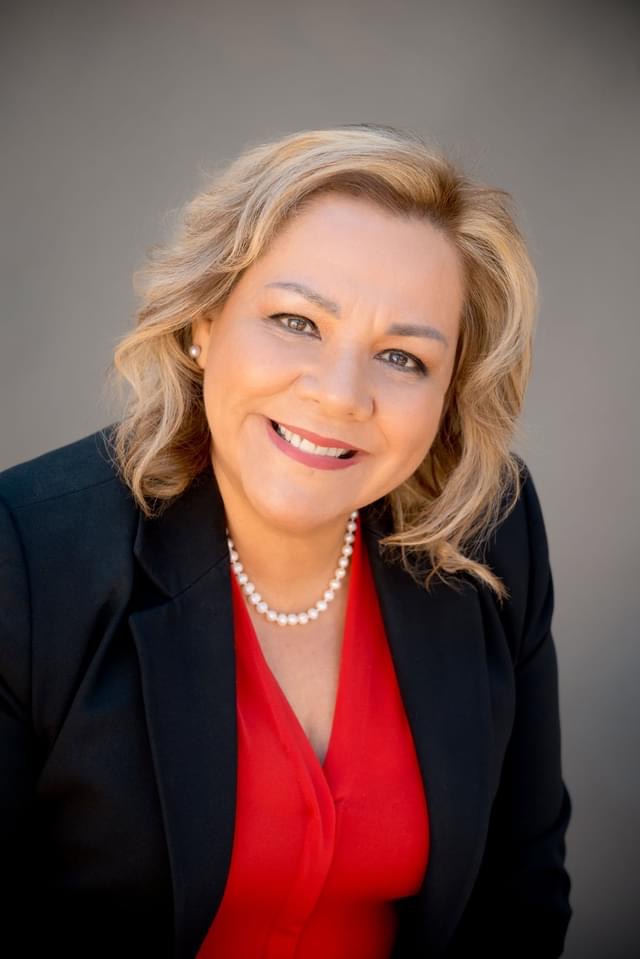Email: [email protected]

Photo by Vivint Solar from Pexels
When your pocketbook determines you can’t afford a new, energy-efficient home, you can still satisfy your preferences by upgrading an older house. Try these options for improving energy efficiency in your home.
Apply for the FHA’s Energy-Efficient Mortgage program. With an EEM, you can finance an already energy-efficient home or use funds for certified home improvements that promote responsible energy use. Contact your lender to see if your state participates in this federal program.
Ask your utility provider for an energy audit. Most utilities offer this as a free service to customers. They’ll check for leakage around doors and windows, outlets and vent pipes and make suggestions for improvement, repair or replacement.
Have your home inspector check your attic spaces. You'll gain knowledge about how deep your insulation should be to keep your house warm in the winter and cool in the summer.
Hire an HVAC professional to inspect your furnace and air conditioning, ductwork, and airflow. If your ducts need cleaning, employ a service to handle that. Not only will you have improved circulation, but you'll also reduce allergens, and lower your energy costs.
Trade out traditional toilets for low-flow models. Add aerators and flow restrictors to faucets and showerheads to reduce water consumption.
Install solar-operated power vents to your attic to expel heat in the summer. Consider a solar-powered water heater too. And, if your roof can handle it, install solar panels to boost your electrical power. Many states offer rebates for solar panel installation, so check to see what’s available in your area.
Install a programmable thermostat to help you conserve energy when you are away from home.
If you have a larger improvement budget, consider big-ticket items such as a geothermal heat pump, a residential wind turbine, or a fuel cell. You’ll find that on-going tax credits for these items can save you money over the years. If your municipal codes allow it, add a roof garden or mini-ecosystem to cover your existing roof. These systems retain moisture and insulate your home from heat or cold.
Your property specialist can help you determine which homes lend themselves to these upgrades. They'll introduce you to mortgage lenders that specialize in energy-efficient loan products.

You don’t need to do this alone. I am bilingual in English and Spanish, and I have been in the industry for over 20 years, after earning my degree in Business Management and successive studies in Human Resources and Technology. Never content to let my education lapse, I also received a certification in Negotiation Skills from Pepperdine University and attended courses at Stanford University. A leader in the field, I am a member of the Santa Clara Board of Realtors and served as a professional standards ombudsman for 8 years. I completed a term as the President of the National Hispanic Organization of Real Estate’s Santa Clara chapter in 2016, now serving as this organization’s National Vice President. I pursued additional in-depth training to achieve professional designations as an ABR (Accredited Buyer’s Representative), CRS (Certified Professional Specialist), and SRES (Seniors Real Estate Specialist), GREEN certification, and RCS-D (Divorce Real Estate Specialist). Far from being a meaningless alphabet soup, this demonstrates how proactive I am in pursuing the latest knowledge so that I completely prepared to satisfy all my sellers' and buyers' unique needs. I am committed to Excellence!